
Cleaning Behaviors
Cleaning Behaviors
Cleaning behaviors are critical in reducing disease, maintaining body coverings, and social bonding.
Learning Objective: Analyze data on cleaning behaviors, determining the impact on animal survival.


If you have spent time watching animals, whether they are wild or domesticated, you see the same basic activities throughout the day: sleeping, thermoregulating, foraging or hunting for food, and cleaning.
Often cleaning is overlooked despite critical impact on survival.
Some animals get a significant portion of their nutrients by cleaning other species Oxpeckers are African songbirds that eat ticks, blowfly larvae and other parasites off the skin of large mammmals
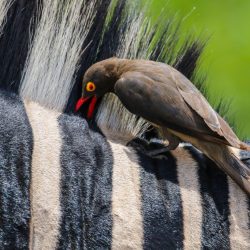
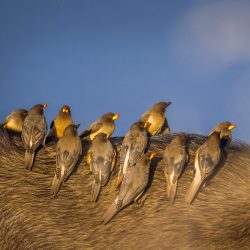

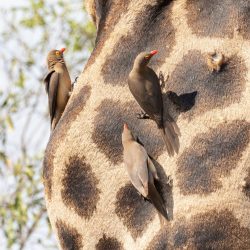
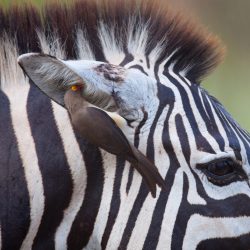
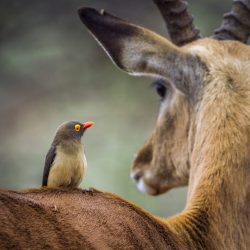
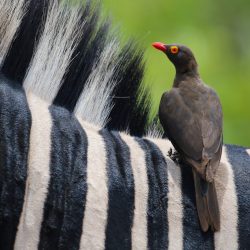

Cleaner Shrimp, made popular by the movie “Finding Nemo,” get their food from a number of sources, including cleaning fish, removing dead scales, dirt, and parasites.
These recently wild caught shrimp move closer to the camera, potentially for food.
These cleaner shrimp have learned to take food form the hand and readily clean under fingernails.
This cleaner shrimp tries to clean a clownfish. The fish could damage the shrimp, but does not appear to be alarmed.
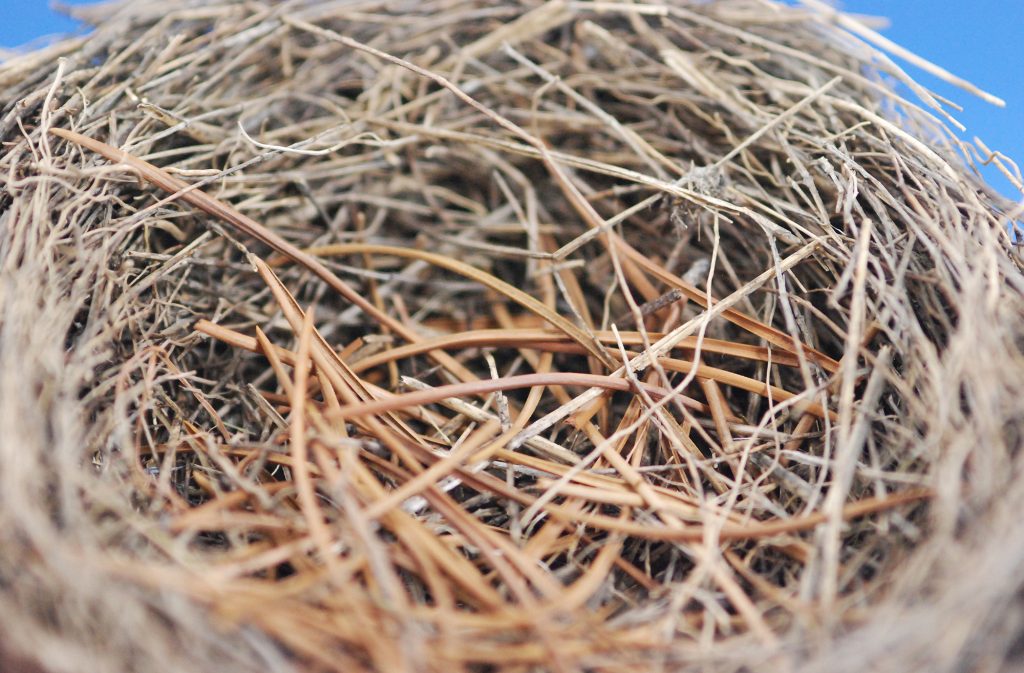
Songbirds build nests with a variety of plant materials. Some are genetically programmed to continually collect fresh leaves. The fresh leaves of many “wild carrot” plants contain chemicals that repel parasites, including mites and ticks.
Cleaning, or “grooming,” can also be critical for flight and thermoregulation.
Birds continually groom their feathers. This is critical in creating a continuous air foil for flight, a topic introduced in the next module.
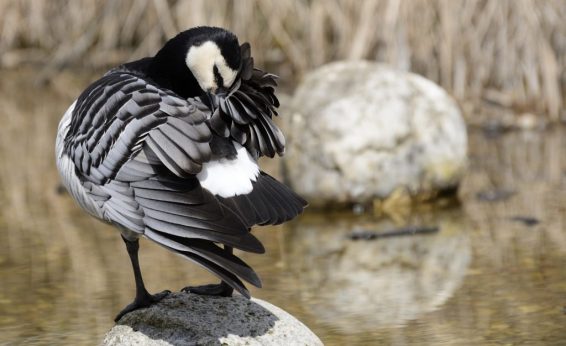
Duck
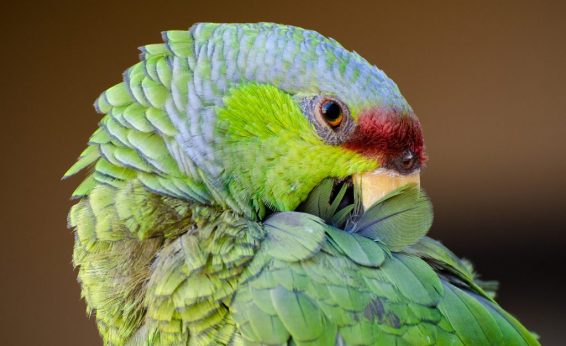
Parrot
Furred aquatic mammals groom to maintain a moisture barrier essential for heat retention. Certain environmental pollutants, like oil, can be difficult to remove from fur, and can lead to loss of thermoregulation.
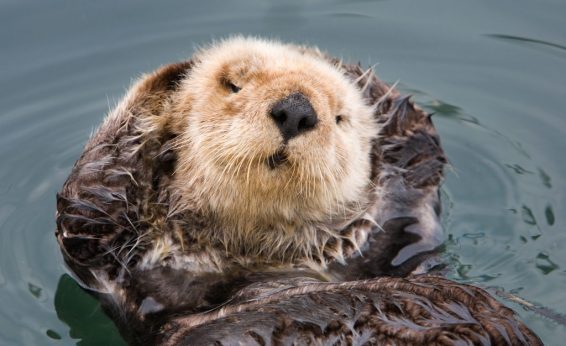
Sea Otter
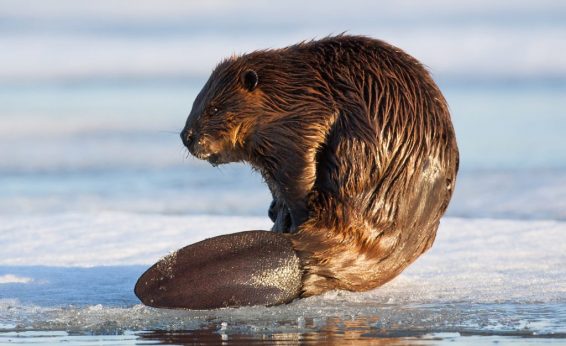
Beaver
Cleaning is not just about reducing pathogen exposure. From the behaviors in this mouse video, what is another benefit of cleaning behaviors?
Cleaning reinforces social bonds in many species. This may go beyond establishing a dominance hierarchy. Research on primates suggests that lack of touch in the first six months impacts neural development and social development.
You will be studying the genetic basis of behaviors in upcoming guides.











